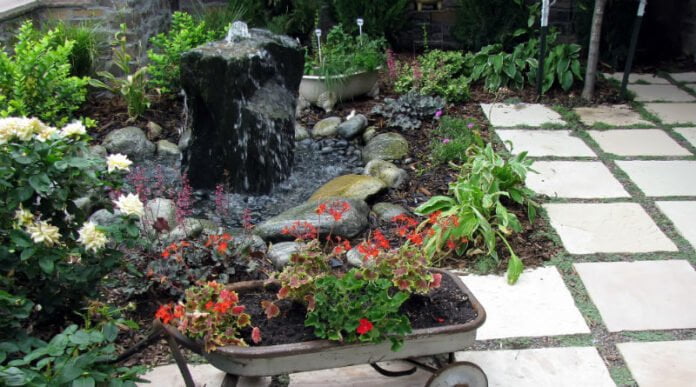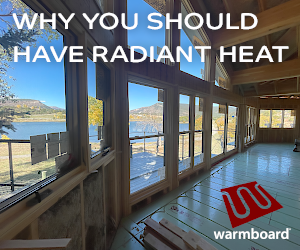As lot sizes around the metro area get smaller and landscape designers have less room to show off in their clients’ landscapes, high-impact features with a small footprint can give designers and contractors an edge.
One way to do that is with a water feature.
“They can be from very simple to very intricate,” Shane Hemphill, owner of Art of the Yard in Denver, said. “We’ve done a few water walls where we’ve actually had fire coming out of the basin.”
“It’s great because it’s a way to get higher income out of a smaller space,” he added.
Companies like Atlantic, for which Art of the Yard is a certified contractor, or Aquascape sell fountains that combine water and fire elements.
RELATED: Are Your Landscapes a Deferred Expense?
Hemphill likes to use spillways and water walls to add water elements to clients’ small outdoor areas.
“All of those work outstanding for very tight spaces,” Hemphill said.
Wall spouts, color-changing and different materials like stone or stainless steel can add interest and impact when space is an issue.
“You can build them out of wall block,” Hempill said of water walls. “We can custom [build] it with veneer stone. We had a gentleman that actually got an old slab of granite and we used that and implicated that for the wall for the water feature to fall in front of.”
Contractors need a 4-foot-by-4-foot area to install a pondless waterfall, Hemphill said, but “where you can go smaller on that with the pondless is a bubbling boulder or bubble rock, or a bubbling urn.
Patio ponds “used to be popular in the 90s, but they’ve kind of gone away,” Hemphill said. His company has done a few, though.
“We seal the inside of the pots, and then put a few little water plants in there and a little bubbler,” he said. “That’s a real nice feature, especially for an apartment balcony or something like that, for people who want to get a little bit of a water feature.”
A bubbler helps keep mosquitos from laying eggs in the water, and Hemphill said some people even add gambusia, small fish that feed on mosquito larvae.
Smaller water features that have a pool or pond element need to have a lot of plants, Hemphill noted.
“Because it’s such a small body of water, it heats up fast and the heat produces the algae, so you’ve got to have plants in there to combat that,” he explained.
Features that don’t have areas where water collects obviously don’t have the same issues with algae.
“On the pondless water features or the spillways, which we do into a pondless water feature, they’re very simple to maintain because you don’t have a pool of water that collects debris or creates the algae issues for you,” Hemphill noted. “There are just a couple of chemicals that you add every couple of weeks [that take] care of it for you.”
This article originally appeared in our sister publication, Colorado Patio & Landscape







